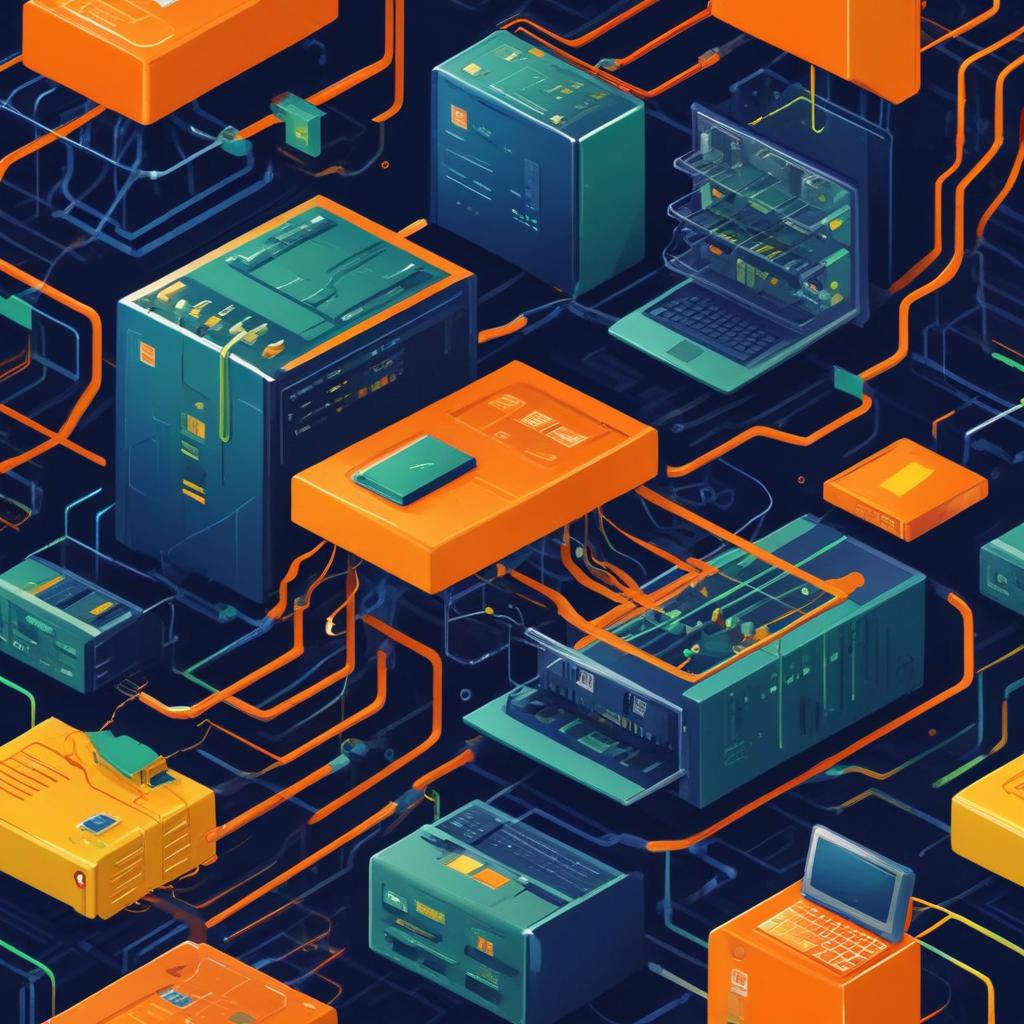Exploring Overkill Network Storage Solutions: Worth the Investment?

The XDA article goes into detail about more sophisticated network storage options that are not based solely on standard NAS devices. Several features have been mentioned by the Author Elliot Alexander, such as distributed file systems, direct-attached storage (DAS), and storage area networks (SAN). Typically, these systems are quicker and are more efficient at scaling, appealing to consumers or businesses who have outgrown the limits of standard NAS facilities.
To summarize key points:
- To start with, distributed file systems such as Ceph or GlusterFS facilitate data spread over different servers, making management easier but have restricting aspects regarding the infrastructure.
- Secondly, Direct-attached storage is much faster and more reliable as it is connected to a single central server but, more often than not, is too expensive.
- Third and final, Storage area networks are suitable for many block-level storage devices but are significantly pricier and meant for high-performance interfaces.
The discussion opens pathways to consider the positive aspects of these technologies
Adopting advanced storage solutions can lead to:
- Performance Optimization: Systems will be able to sustain a greater bulk of data effortlessly, something integral for organizations that deal with huge amounts of data.
- Scalability: Businesses will be able to increase the amount of data that they can use almost straight away with minimum queue times or system spins.
- Resilience: Distributed facilities can provide better levels of data replication and enhanced protocols for dealing with failures, meaning that business is more protected during technical malfunctions.
With innovative hardware support, such as PCI or very fast ADC cards, any system can be built with a distributed replicated database, but there is also the rub. This type of architecture also introduces its set of challenges. Shared storage works perfectly in backend systems where all nodes are connected and have access to the same storage pool. However, if end nodes or clients are required to be strategically distributed around the globe, then having access to a centralized storage location becomes a limiting factor.
That is why at a global level it becomes necessary to acquire advanced high-speed connectivity worldwide, which, depending on the geographical location, may suffice with limited satellite availability. Assimilating all these factors can complicate things further, where it may seem like this business model is not going to tackle any mainstream functionality anytime soon. However, looking objectively at late streams aligned with Internally Developed Architecture, it is clear that things have changed, and recently expanded into the active real-world component significantly.
While evaluating the different types of alternatives, do keep in mind if your requirements can be satisfied by a NAS system instead of a distributed file system or SAN. Always evaluate first the requirements of your data scale and storage prospects. Only then should you resort to purchasing more intricate and costly systems.
Generally, the evaluation of alternative storage solutions provides context for the advantages and disadvantages they offer. It is also important to keep in mind that significant capital will be spent in this not-so-cheap domain, thus understanding your needs before spending is critical.
At DiskInternals, we focus on protecting the integrity of the data by designing software for both virtual and physical environments and providing data recovery solutions. Because of our extensive experience, we can reduce the headaches users have always faced when it comes to data protection and storage management.